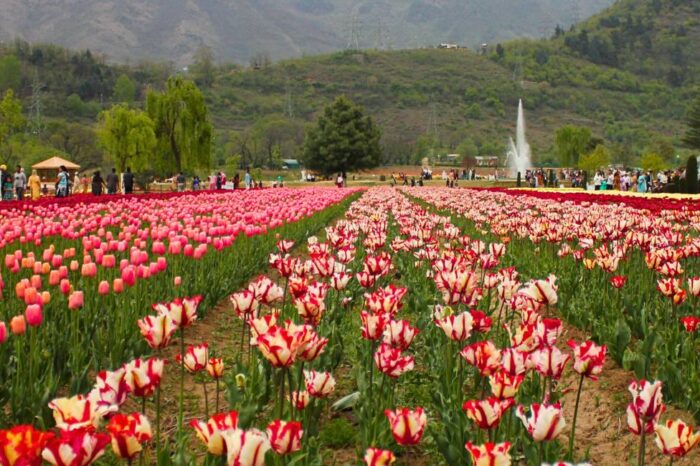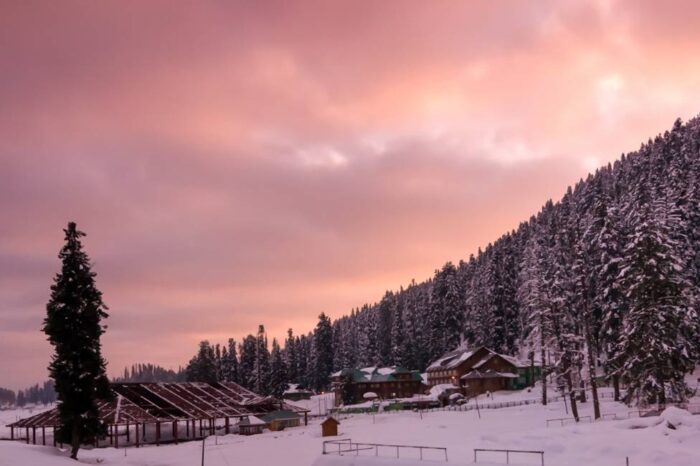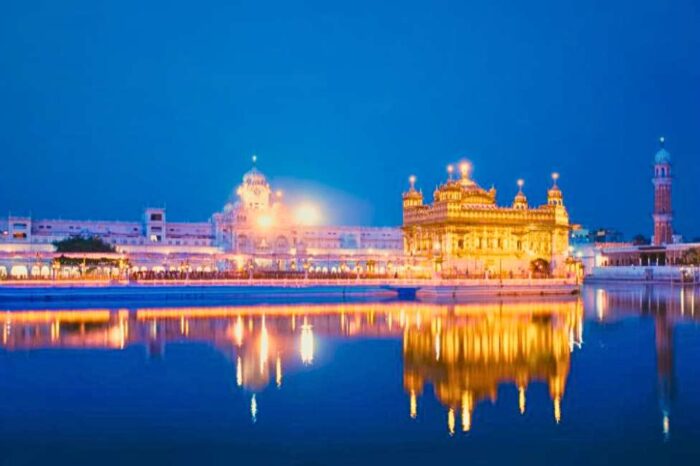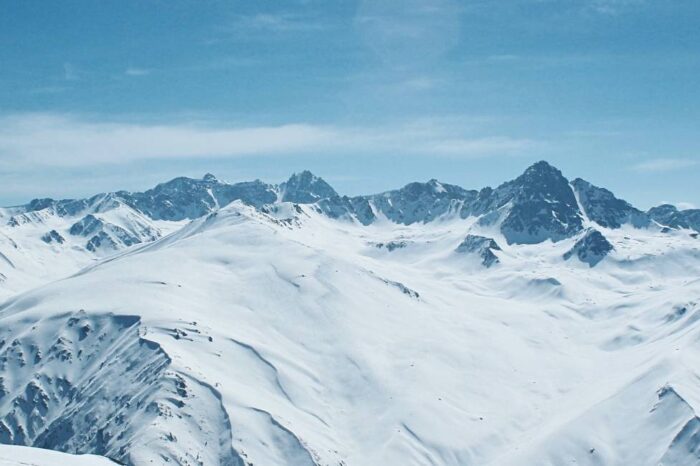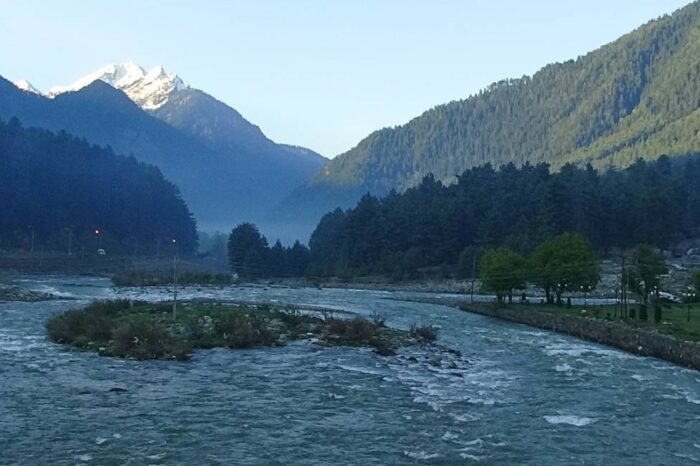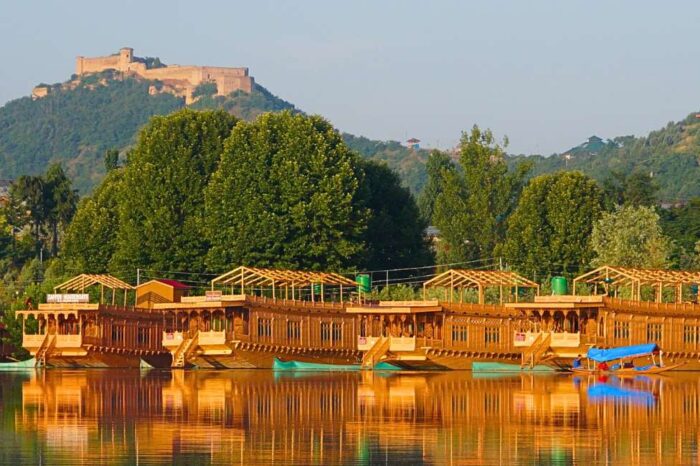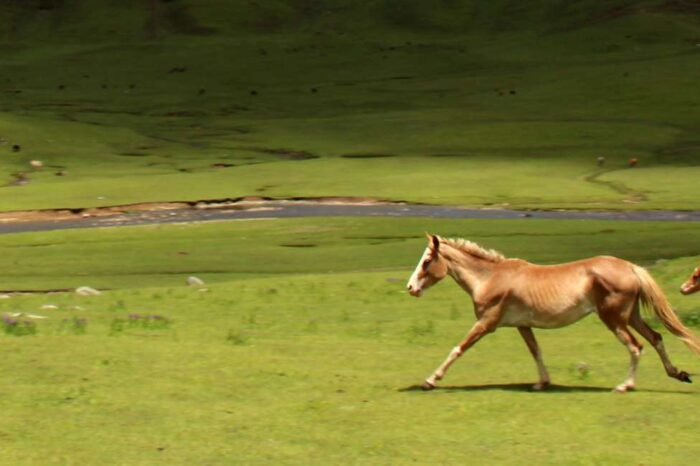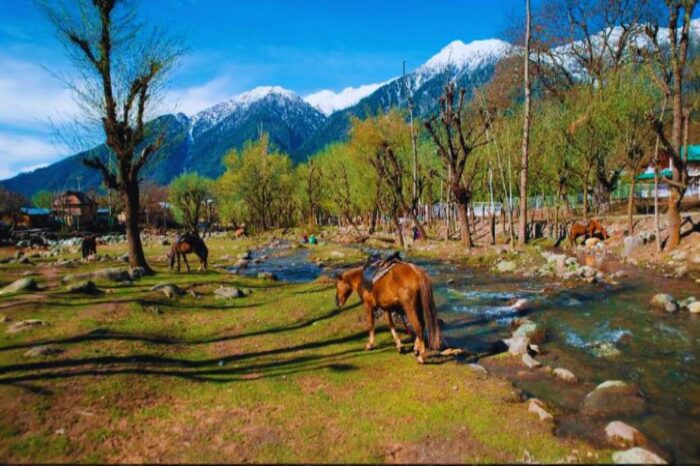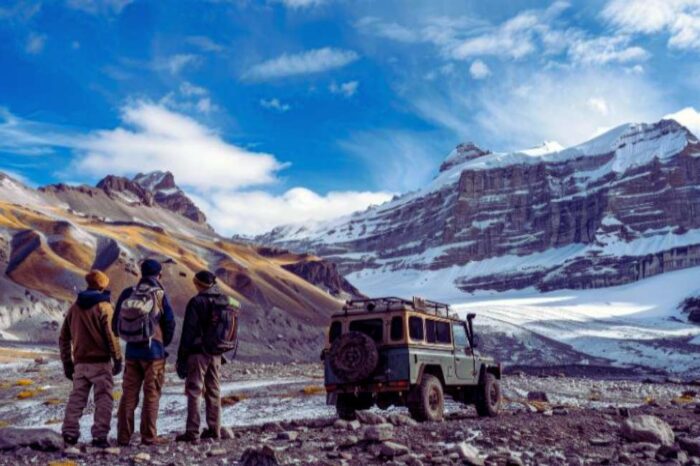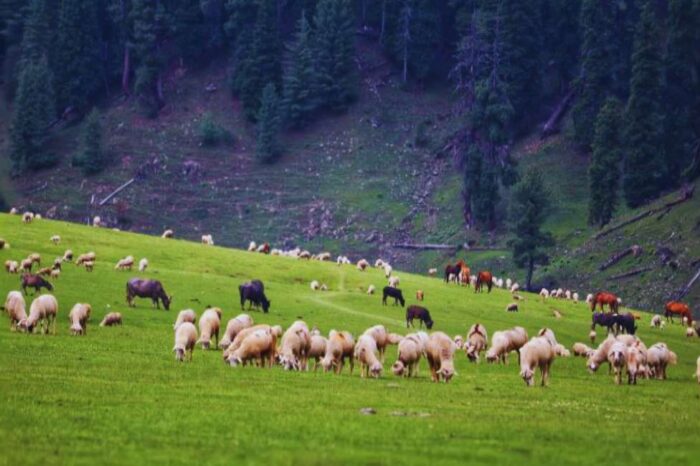- Home
- INDIA
- Offbeat India
- International
- Theme Tours
- Blogs
- Case Studies
- Plan Your Trip
Kashmir
Kashmir Tour Package
Jammu & Kashmir: Heaven On Earth Jammu & Kashmir, a piece of heaven on earth, is the 19th largest state in India and is located mostly in the Himalayan mountains. It is also the only state in India with a […]
Jammu & Kashmir: Heaven On Earth
Jammu & Kashmir, a piece of heaven on earth, is the 19th largest state in India and is located mostly in the Himalayan mountains. It is also the only state in India with a Muslim-majority population.
Jammu & Kashmir: A Quick View of the State
- Capital: Srinagar (summer) and Jammu (winter)
- Official Language: Urdu
- Dial Code: 0194
- Population: 14.324 million (as of 2018)
- Currency: Indian Rupee (INR)
- Time Zone: UTC+05:30 (IST)
- Area: 222,236 square km
Highlights: Things to See and Do
One can never run out of places to explore in the state of Jammu and Kashmir. The land is brimming with picturesque vistas, amazing flora, stunning architecture, and quaint homestays and eco-friendly resorts that visitors can choose from. Those with an adventurous bent of mind will find a plethora of activities waiting for them. If you are spiritually inclined, the numerous religious shrines will show you the way to peace and serenity.
Places to Visit
Kashmir is an epitome of natural beauty, renowned worldwide. You can soak your senses in the many lakes, gardens, and hill stations that attract thousands of tourists every year. Take perfect pictures and take home memories of a perfect holiday at:
- Tulip Garden
- Shalimar Bagh
- Mughal Gardens
- Dal Lake
- Alpather Lake
- Apahrwat Peak
- Sonmarg
- Ningle Nalla
Temples
Jammu & Kashmir is known for its religious shrines. The state abounds with important pilgrimage sites for people of all religions, whether Hindu, Muslim, or Buddhist.
- Raghunath Temple
- Shankaracharya Temple
- Jamia Masjid
- Amarnath Cave
- Vaishno Devi
Wildlife
The beautiful sanctuaries of Jammu and Kashmir reward nature seekers with views of diverse topography and rare wildlife species.
- Dachigam National Park
- Gulmarg Biosphere Reserve
- Hemis High Altitude Wildlife Sanctuary
- Kishtwar High Altitude National Park
- Overa National Park
Art and Culture
The culture of Jammu and Kashmir is rich and varied, with a multi-religious and multi-ethnic flavor. Kashmiris are known worldwide for their handicrafts, with Persian influences evident in the floral designs typical of Kashmiri art. Souvenirs to pick up include:
- Carpets
- Shawls
- Rugs
- Woven baskets
- Walnut wood furniture
- Beaten silver and copper wares
- Silver jewelry
Festivals
The festivals of Jammu and Kashmir truly demonstrate ‘unity in diversity.’ The state celebrates numerous festivals with great enthusiasm, bringing different communities together.
- Baisakhi
- Eid-ul-Fitr and Eid-ul-Azha
- Hemis Festival
- Lohri
Cuisines
The food in Jammu and Kashmir is divided into two unique and delicious cuisines: Jammu cuisine and Kashmir cuisine. Jammu cuisine is predominantly vegetarian, while Kashmir serves up a rich non-vegetarian platter.
- Jammu: Rajma-Chawal, Morel Yakhani, Rajma ka Madhra, Khatta Meat, Kachaloo Chat, Auria.
- Kashmir: Seekh kabab, Tabakh Maaz, Methi Maaz, Rogan Josh, Kashmiri Pulao, Palak Nadir.
Interesting Facts
- Legend has it that Kashmir used to be a lake that was drained.
- Kashmir is also called ‘Paradise on Earth.’
- The world’s second-highest peak, the K2, is in Kashmir.
- It is the only state to have its own animal, bird, tree, flower, and flag.
- People of J&K hold dual citizenships – that of the state and the nation.
- Only citizens of the state can buy property here.
Location
J&K shares borders with Himachal Pradesh and Punjab to its south and international borders with Pakistan to its west and north, and China to its east. The main Kashmir Valley stretches 100 km in width and covers an area of 15,000 sq. km. Major rivers include the Jhelum, Indus, Tawi, Ravi, and Chenab.
Timings: When You Should Visit
Jammu and Kashmir is undoubtedly one of the most beautiful places in India, attracting visitors in every season. Winter is ideal for snow enthusiasts, spring is perfect for nature lovers, and summer is best for families. Winter lasts from October to March with temperatures ranging from -2 to 12 degrees. Summer lasts from April to June with temperatures between 15-30 degrees. The monsoon season is from July to September, and spring sneaks in between winter and summer.
How to Get to Jammu & Kashmir
- By Flight: Visitors can fly into Jammu, Srinagar, and Leh from most major cities in India.
- By Rail: Udhampur is the last railway station on the northern railway line. Visitors can take a train to this stop and then hire taxis or take a bus onwards.
- By Road: Travelers can drive into the state via Jammu to Srinagar or enter from Manali in Himachal Pradesh to Leh. Several state-owned and private buses ply these routes.
History: The Land Created From Water
Jammu was founded in 14th century BC by Raja Jamboolochan, while Kashmir’s name is derived from the Sanskrit words ‘ka’ (water) and ‘shimeera’ (to desiccate). Kashmir has a rich history of invasions and rule by various empires. After India’s independence, Maharaja Hari Singh acceded Jammu and Kashmir to India in October 1947 after an attack by rebellious tribesmen, making it an area of conflict between India and Pakistan.
Best Time to Visit Kashmir
The best time to visit Kashmir is during the months of March to August, covering both spring (March to early May) and summer (early May to late August).
Kashmir in Summer (March to May)
- Temperature: 9°C to 31°C
- Weather: Warm days, cold nights.
- Significance: Ideal for honeymooners and families, shikhara rides on Dal Lake.
- Tips: Carry warm clothes for the evenings and sunscreen for the day.
Kashmir in Monsoon (June to September)
- Temperature: 15°C to 30°C
- Weather: Cool, occasional rains.
- Significance: Apple-picking season, fewer tourists.
- Tips: Bring rain gear and sturdy boots.
Kashmir in Winter (November to February)
- Temperature: 0°C to sub-zero.
- Weather: Cold, snow in Srinagar, Gulmarg, and Sonmarg.
- Significance: Winter sports like skiing and snowboarding.
- Tips: Pack warm clothes and stay hydrated.
Kashmir in Autumn (October to November)
- Temperature: 9°C to 20°C
- Weather: Cool, misty mornings.
- Significance: Stunning autumn foliage, apple-picking season.
- Tips: Pack for cold weather and check for seasonal activities.
Experiences
- Chanderi SilkNovember 28, 2025
- Waterfalls of ChhattisgarhOctober 29, 2025
- Tribals of ChhattisgarhAugust 12, 2025
- Jewellery and Handicrafts of ChhattisgarhAugust 12, 2025
- Heritage Properties of ChhattisgarhAugust 12, 2025
- Chanderi Silk
Call
98742 84569
98743 61951
Mon-Sat 11.00AM-07.30PMNewsletter
Rate & Review Us
Contact Info
- +91 98742 84569
- experience@ocean6.in
- 16, Suren Tagore Rd, Ekdalia, Ballygunge, Kolkata, West Bengal 700019
- Mon - Sat : 11.00 AM - 7.30 PM
Sunday : CLOSED
Newsletter
Quick Links

